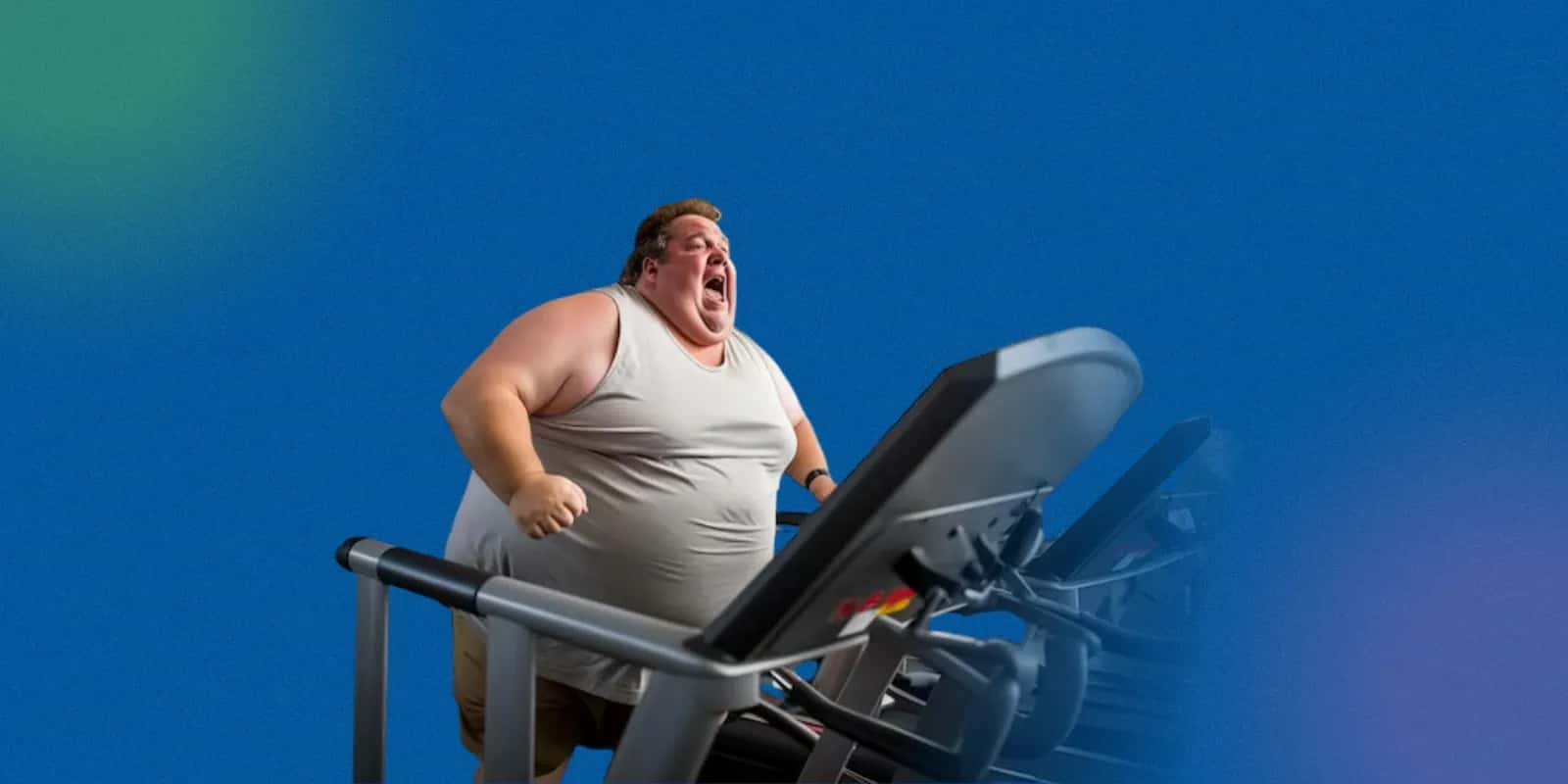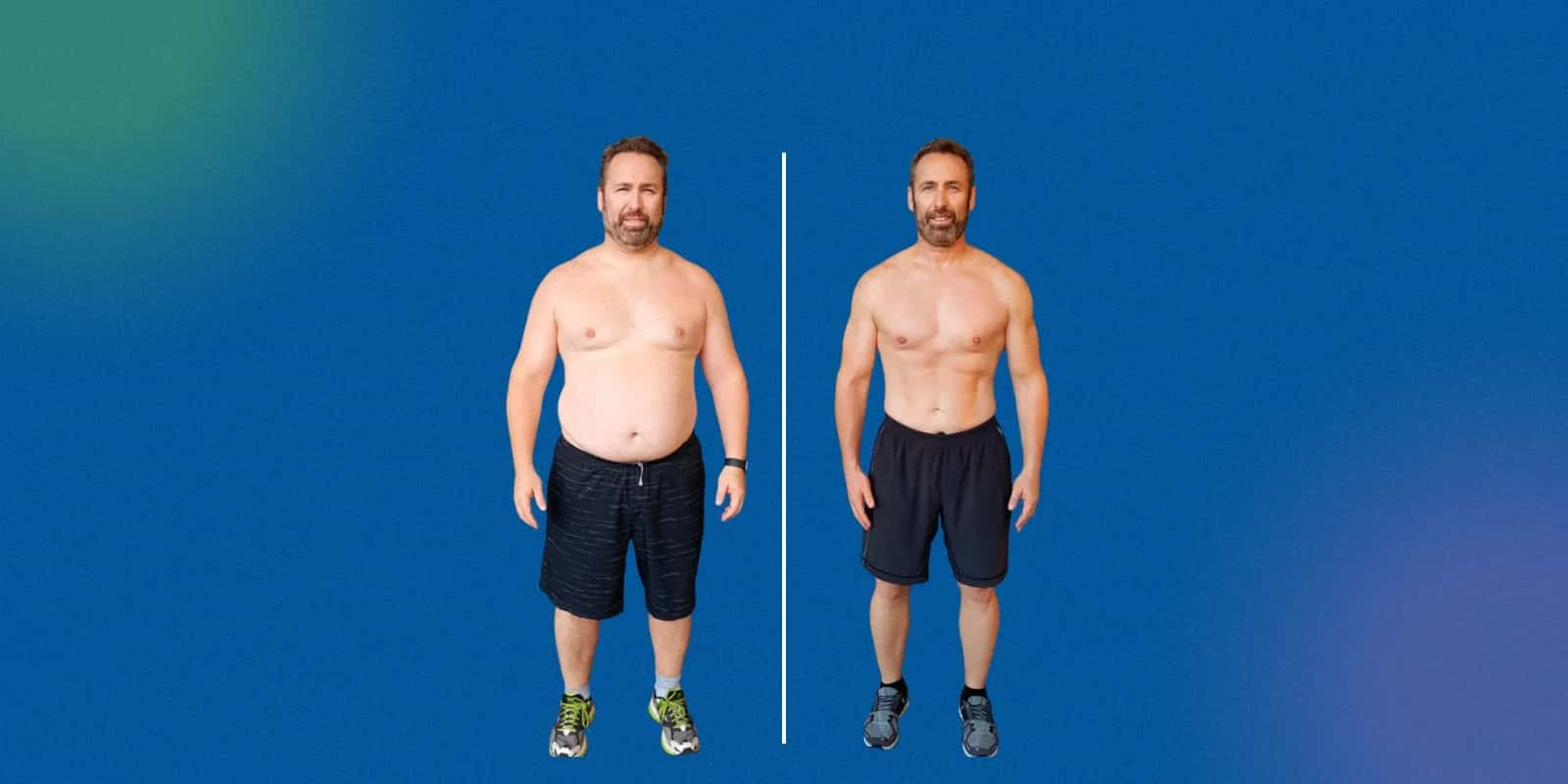Body Recomposition Explained: Burn Fat and Build Muscle Together

Introduction
Although body recomposition is gaining popularity recently, it has been around for a long time now. You can think of it as a transformation that will change the way you look as you lose weight and gain muscle at the same time.
While traditional weight loss plans tend to focus on just the number on the scales, body recomposition changes the composition of your body, allowing you to appear leaner, stronger, and healthier with weight loss as a cherry on top.
However, it's not as easy as it sounds. Losing fat while trying to gain lean muscle is a long process that requires dedication.
While it may sound like something targeted only towards fitness enthusiasts, body recomposition can be achieved by anyone, from a beginner who has never stepped foot in the gym to a seasoned fitness enthusiast.
But how does this body recomposition process work, and how to actually do it? Let's see how science supports body recomposition and how you can start your body recomposition journey to achieve your dream body.
Understanding the Science Behind Body Recomposition
Body recomposition is basically two separate but related processes happening simultaneously: fat loss and muscle gain.
Historically, these two body changes were approached separately, as weight loss was about being in a calorie deficit, whereas muscle growth incorporated the process of bulking and being in a calorie surplus.
However, times have changed, and we have learned that body recomposition can occur simultaneously through a combination of balanced nutrition, training, and recovery under specific conditions.
How Does it Work?
Body recomposition depends on energy balance, being in a very slight caloric deficit to lose fat, while also getting enough protein and strength training to maintain or gain muscle.
The perfect combo of diet, exercise, and rest allows the body to lose fat while gaining or maintaining lean muscle mass.
- Protein Intake:
A high-protein diet is non-negotiable when it comes to body recomposition. You need to consume around 1.6 to 2.2 grams of protein per kilogram of your body weight daily for muscle repair and growth, as well as for fat loss.
- Strength Training:
Engage in resistance training exercises such as squats, deadlifts, and bench presses that stimulate muscle growth and promote fat loss. It also helps you become lean, strengthens your core and increases stamina.

- Recovery:
Sleep and rest are equally important when you train so hard. Studies indicate that your body needs time to repair muscle tissue and manage hormones, especially cortisol levels, to minimise muscle breakdown.
- Hormonal Support:
Body recomposition also requires management of hormones like insulin and testosterone, through good nutrition and a solid exercise regimen.
Who Can Benefit the Most From Body Recomposition?
Body recomposition is not the same for everyone. Some individuals are more likely to experience faster and more dramatic results, while it simply does not suit others.
- New to Strength training:
People just getting into strength training will often see rapid changes in their muscle mass and fat. This is often referred to as "Newbie Gains" in the fitness community.
As their bodies become accustomed to strength training, they will be able to easily lose fat while gaining muscle simultaneously. This also means that it is very easy for them to hit a plateau if they are not consistent with their workouts.
- Coming back from a break:
People coming back to exercise after a break will often be able to add muscle mass and lose fat more easily. Their bodies will ‘remember’ their previous fitness level.
- Overweight people:
People who have a higher percentage of body fat are the perfect candidates for body recomposition. They have a substantial amount of stored energy in the form of fat, which enables their bodies to build muscle while simultaneously reducing their overall fat mass.
- Intermediate exercisers:
People who have been training for a while can still achieve recomposition, but they must be precise with their calorie counting and training volume to make this happen, as it is a bit more challenging for them.
- Less achievable for advanced athletes:
For advanced athletes with a lot of training experience, who are close to their genetic limits, body recomposition becomes increasingly tricky.
They essentially have to go through specific bulking and cutting phases for overall progress, as their bodies are already in their prime and accustomed to the basics of body recomposition.
Steps to Successfully Start Your Body Recomposition Journey
Starting your body recomposition journey involves a thoughtful and patient approach and cannot be rushed.
- Set Measurable Goals:
Forget about the scale as it can fluctuate throughout your journey, but track your body fat percentage (using callipers, a scale, or a Bod Pod), muscle (e.g., chest, arm, thigh) measurements, the amount of weight you can pick up, and pictures over time. They are the most accurate way of seeing results.
- Once your goal is set, enter a Small Caloric Deficit:
You'll need a slight caloric deficit, typically around 10-20% of your daily energy needs, to lose fat without losing muscle.
- Eat Protein-Rich Foods:
Start your meal with protein-rich foods. Protein-rich foods include chicken, fish, tofu, lentils, and Greek yoghurt. It is very important for repairing muscles after workouts and helps keep you full for a long time.

- Lift Weights Regularly:
This is a non-negotiable; you must lift weights. At a minimum, your goal should be to train each muscle group at least twice a week, using compound exercises and progressively overloading (increasing weight or reps).
- Do Cardio Work:
While strength training is key, cardio is equally essential. If you can squeeze in two to three moderate cardio sessions after lifting weights, it can help you lose fat without compromising your muscle mass.
- Rest and Recovery:
Did you know that you build muscle when you're resting, not during workouts? Sleep as much as you can every night (7-9 hours), take some rest days to recover completely so that you can give your best while training.
- Reassess and Readjust:
Body Recomposition takes time. Ask yourself, when was the last time you assessed your progress? If you don't regularly reassess (every 4 to 6 weeks), you may not be aware of the changes. Adjust your calories or workouts if you hit a plateau in fat loss or experience a dip in strength.
- Consult an Expert if You Think You Need One:
If you feel like you don’t know how to adjust your plan, consider talking to a registered dietitian or a certified fitness coach to help you fine-tune adjustments that you need to make to your routine.
Final Thoughts
Body recomposition is among the most effective ways to change appearance for beginner trainees, returning trainees, and individuals with significant amounts of body fat, but it requires effort and consistency.
You don’t have to do everything perfectly; you just have to start somewhere, and most importantly, show up even when you don’t feel like it, that’s where the real progress happens.

FAQs
Q. What is body recomposition, and how does it work?
A. Body recomposition involves simultaneously losing fat and gaining muscle through strategic caloric intake and targeted strength training.
Q. Can you lose fat and gain muscle at the same time?
A.Yes, you can lose fat and gain muscle simultaneously, especially if you are new to resistance training, coming back after a break, or have a higher percentage of body fat.
Q. What type of diet supports body recomposition?
A. You need to be in a calorie deficit and follow a high-protein diet, with a moderate amount of carbohydrates and fats. The exact amount depends on your current body composition and your goal.
Q. How important is strength training in recomposition?
A. Strength training is very important; you’ll risk losing muscle mass if you skip it. Loss of muscle mass can affect your mobility, strength, and energy.
Q. How long does it take to see visible changes?
A. This varies for every individual, but generally, you can notice visible changes in your body around the 8- to 12-week mark. However, you may see a difference in your strength levels early on.

10 Recovery Techniques for Fitness Enthusiasts

8 Reasons Why Fitness Is Crucial for Heart Health

Age Is Not a Limitation for Fitness - Break Limitations

Dancing at Concerts for Fitness – Move and Groove

Discover the Benefits of Natural Fitness


